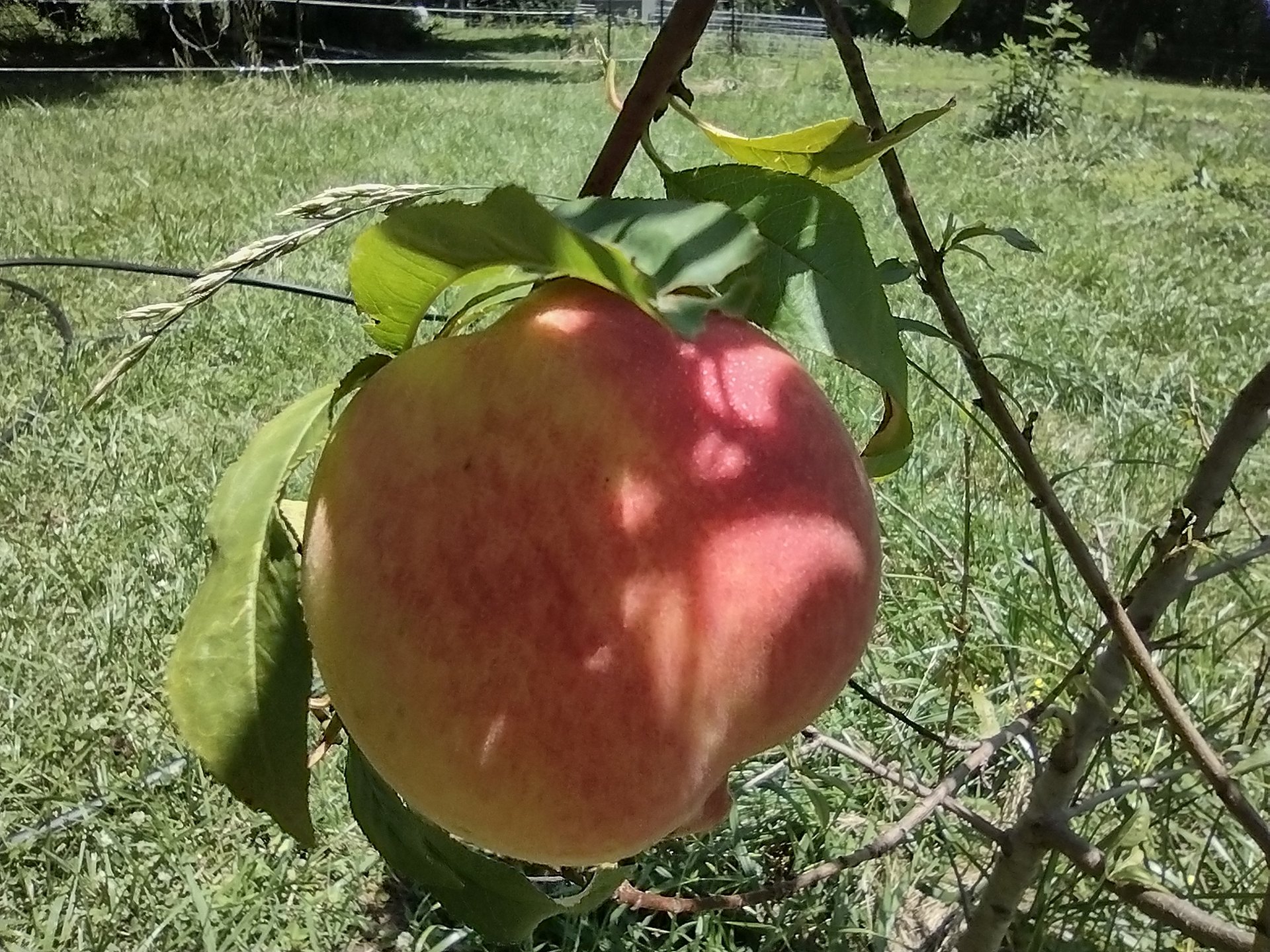
We have been planting comfrey in the food forest area for the last few weeks. We planted comfrey root pieces and comfrey seeds around the fig and olive trees, between the blackberries and around some of the elderberries.
The cool weather has allowed the potatoes to keep growing so we are going to leave them in the ground as long as we can and let them grow. The sweet potatoes are growing as well.

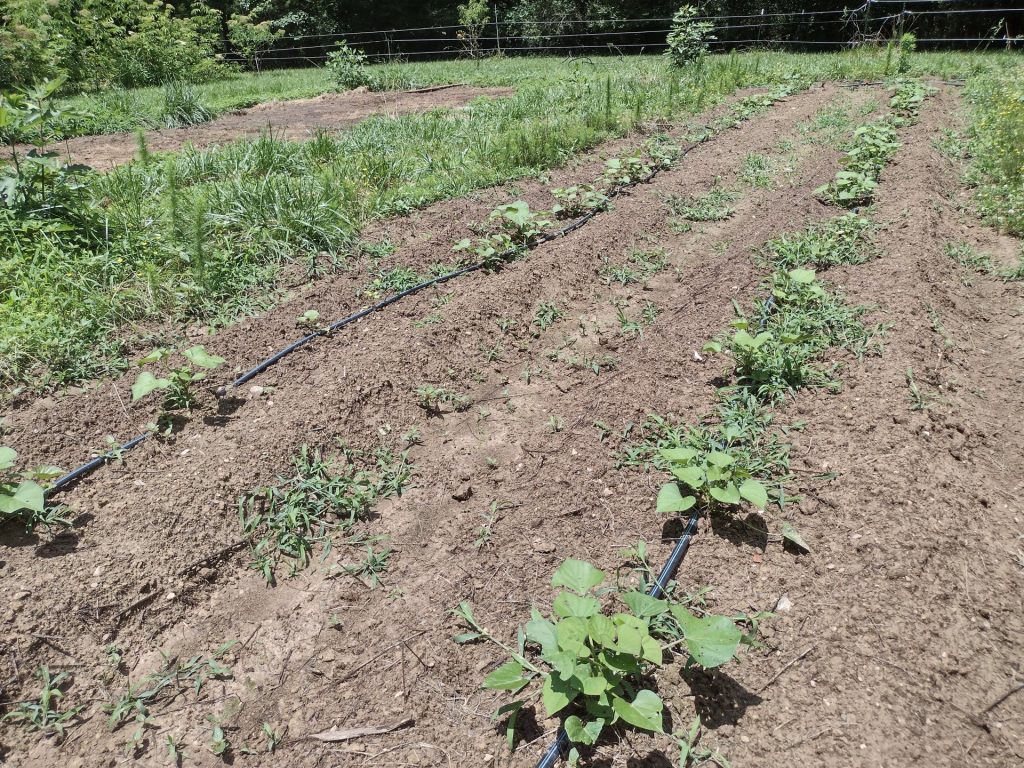
The rain almost every day has keep us from mowing so the grass is starting to look like a jungle. Hopefully next Friday, the weather will be better so we can mow.
We have a few peaches, looking forward to future peach harvests


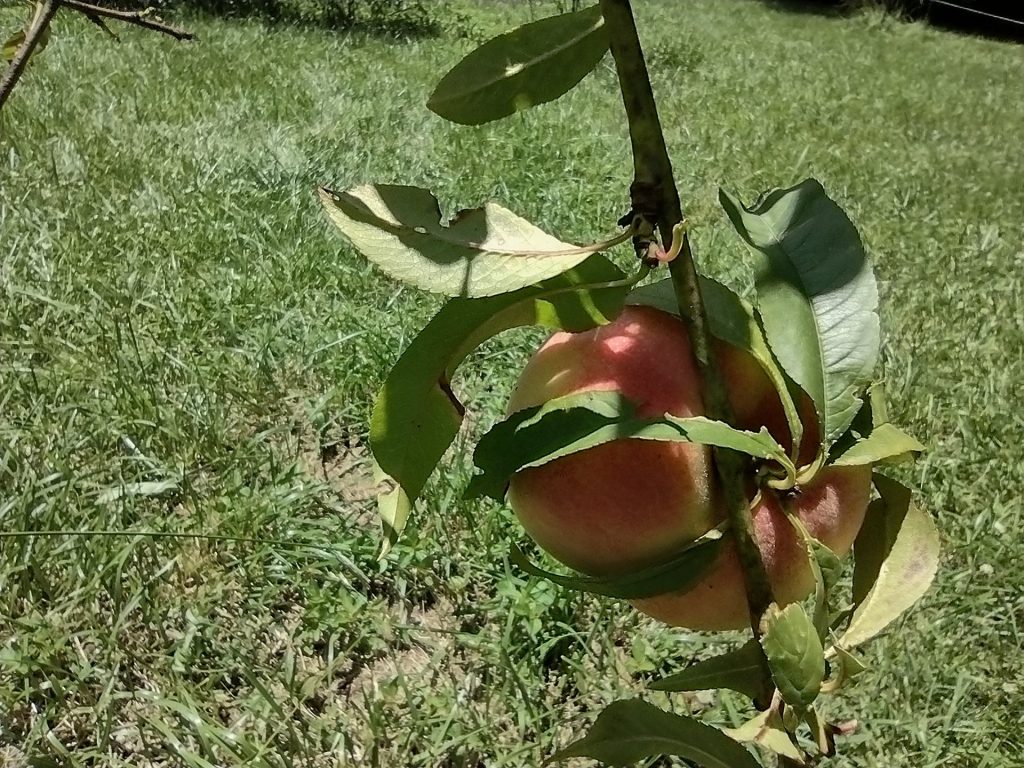
The fruit and nut trees are growing quickly while we are starting to pick blackberries. The blueberries will come later. The plants went in the ground this winter, so we will only get a few this year.
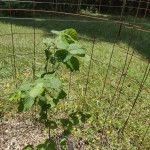
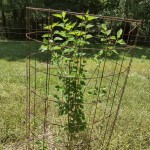

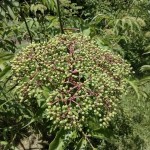
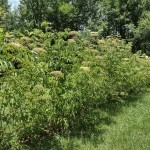




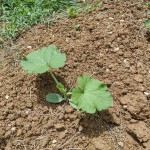




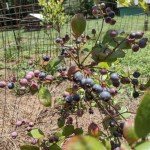



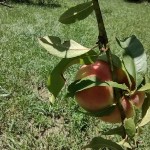
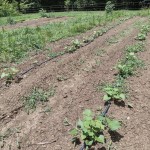





















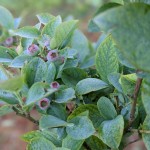




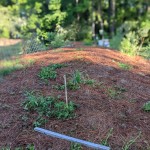



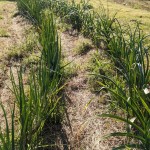
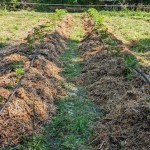






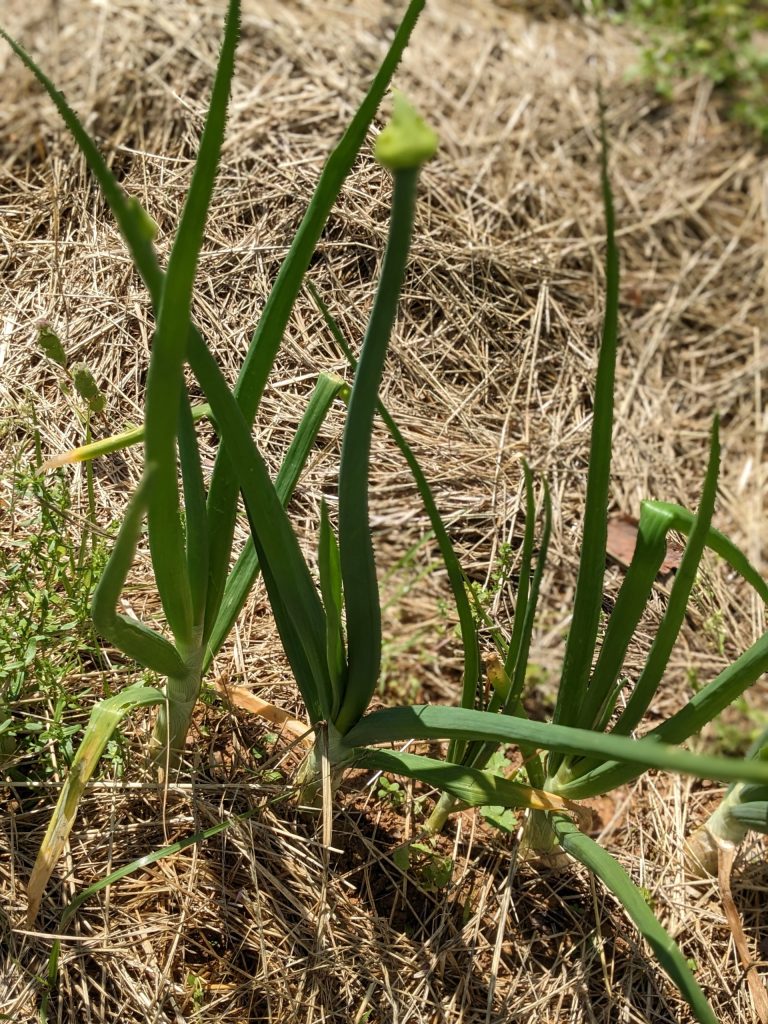

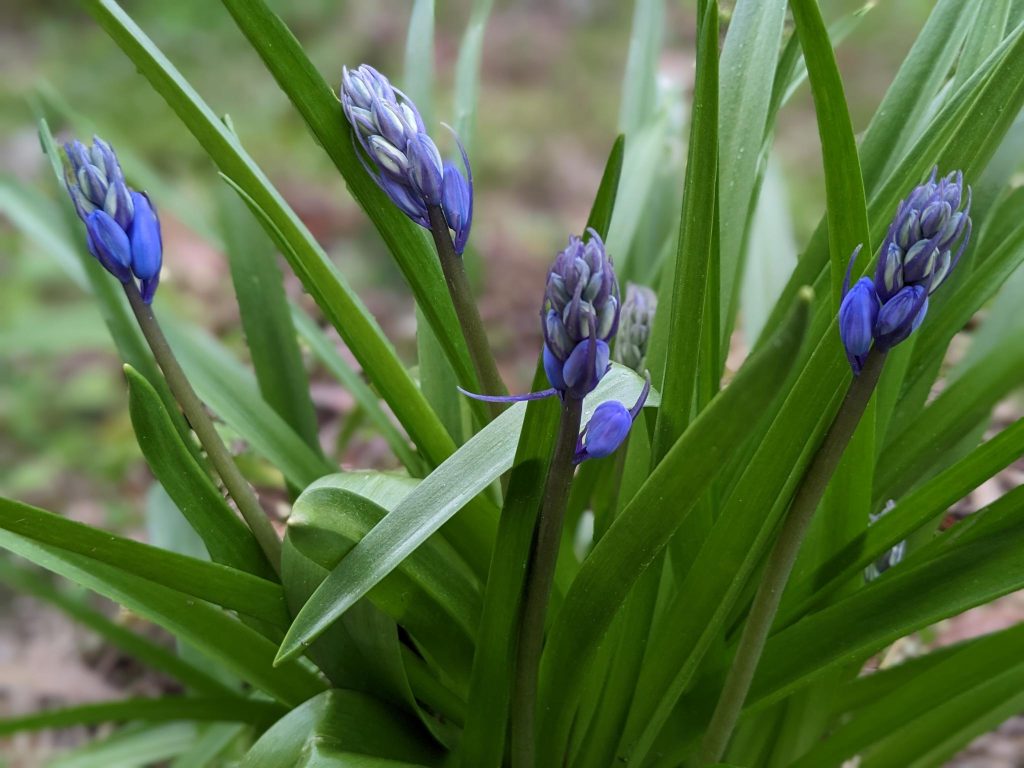


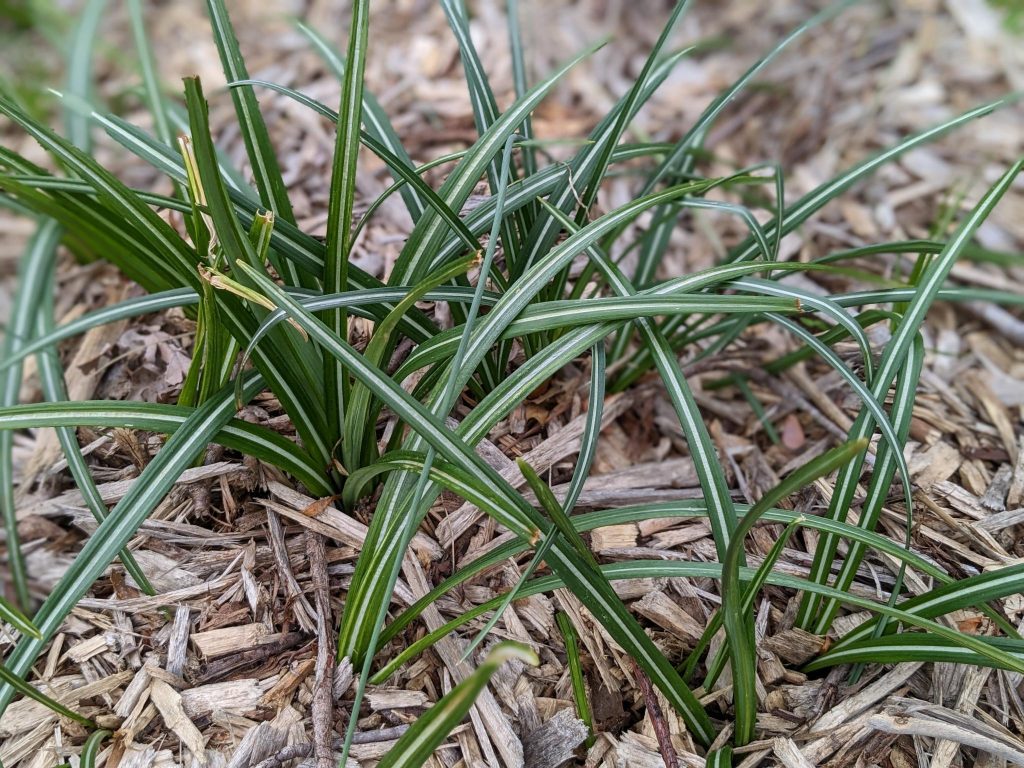

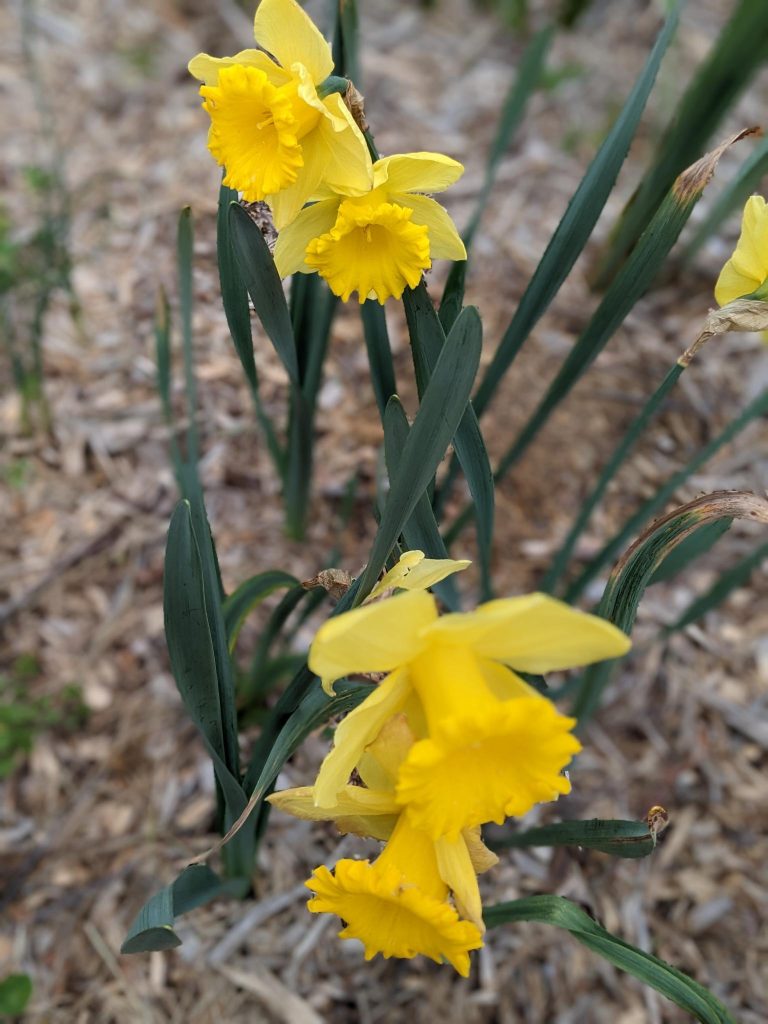

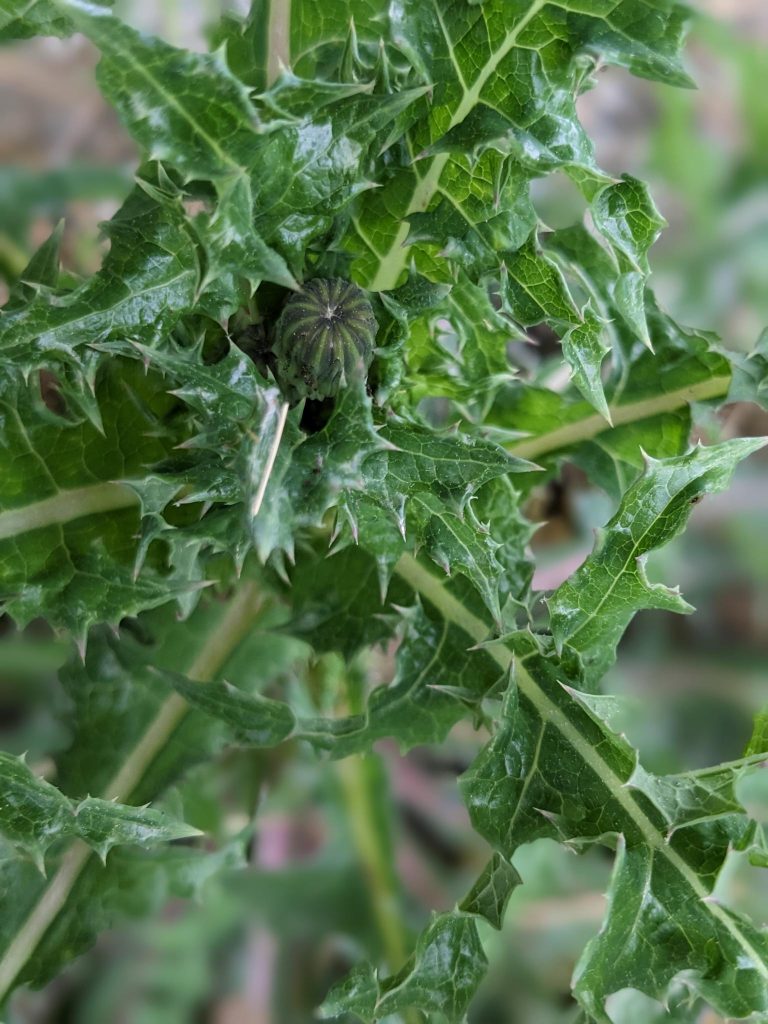

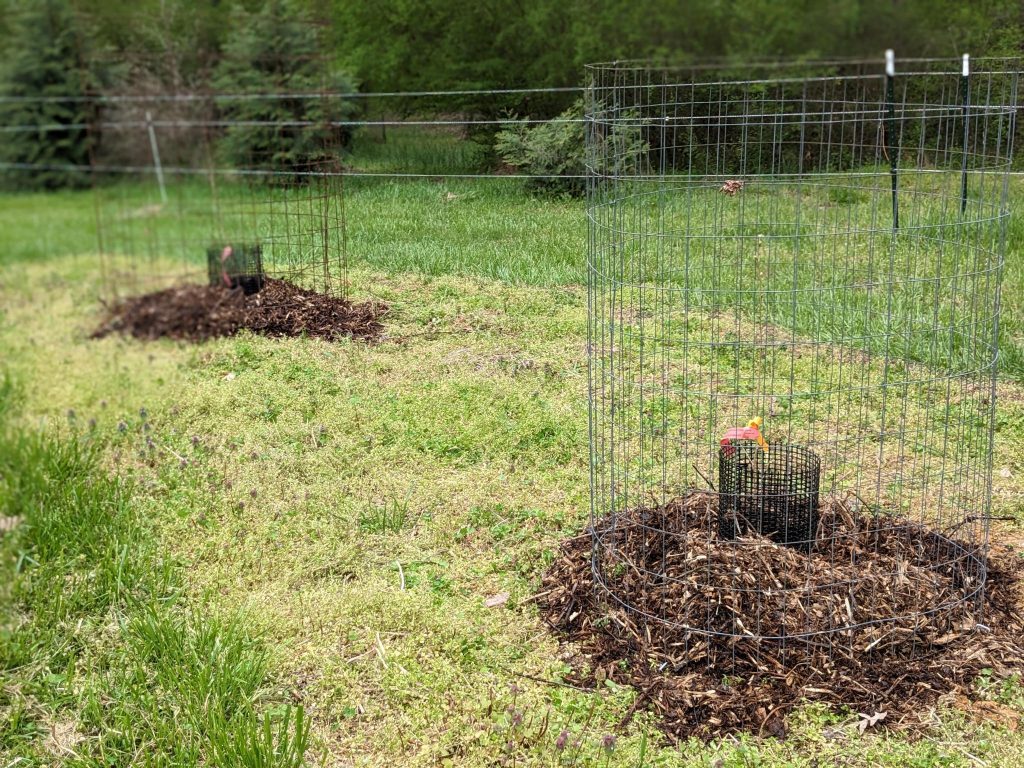
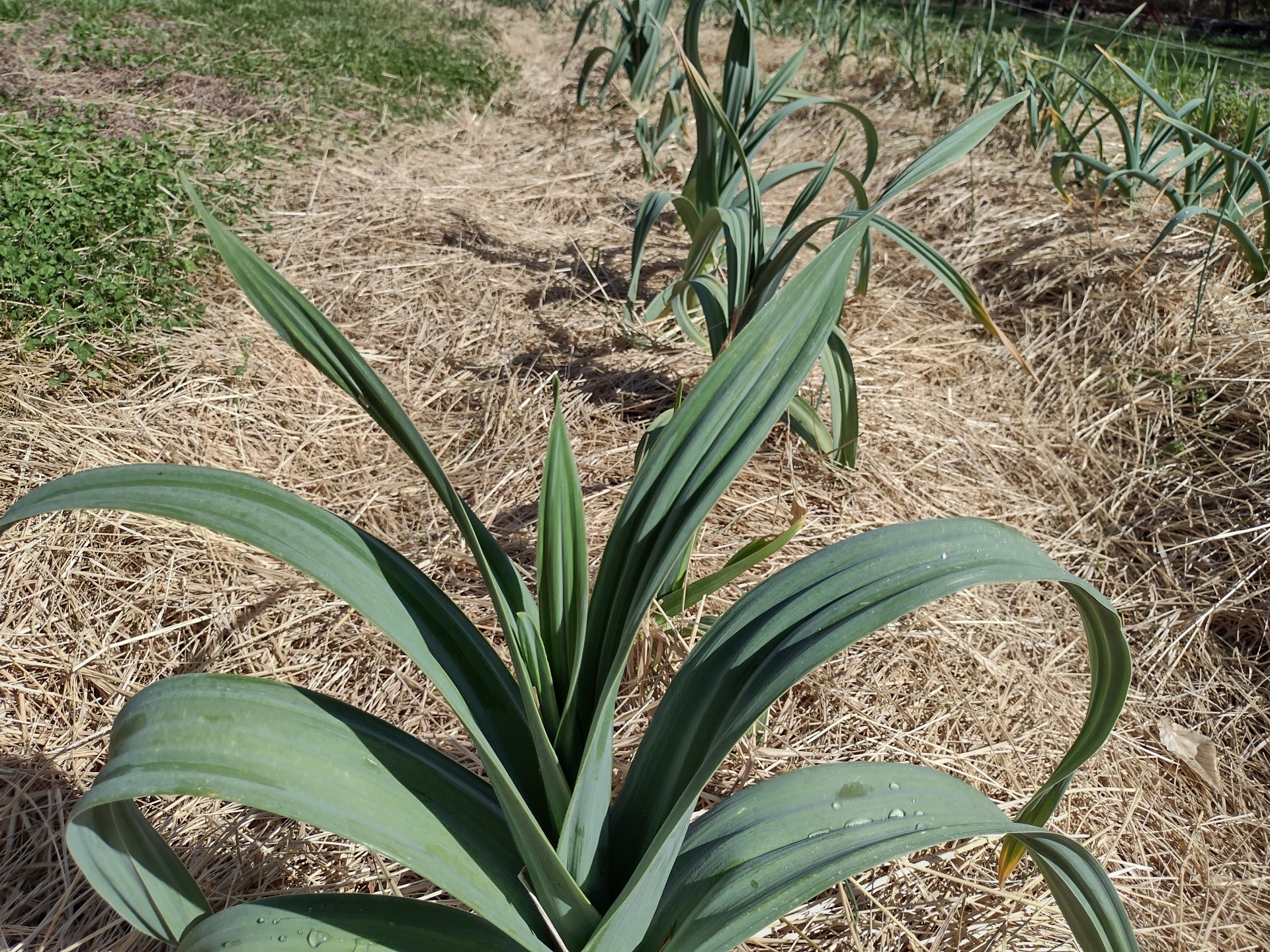

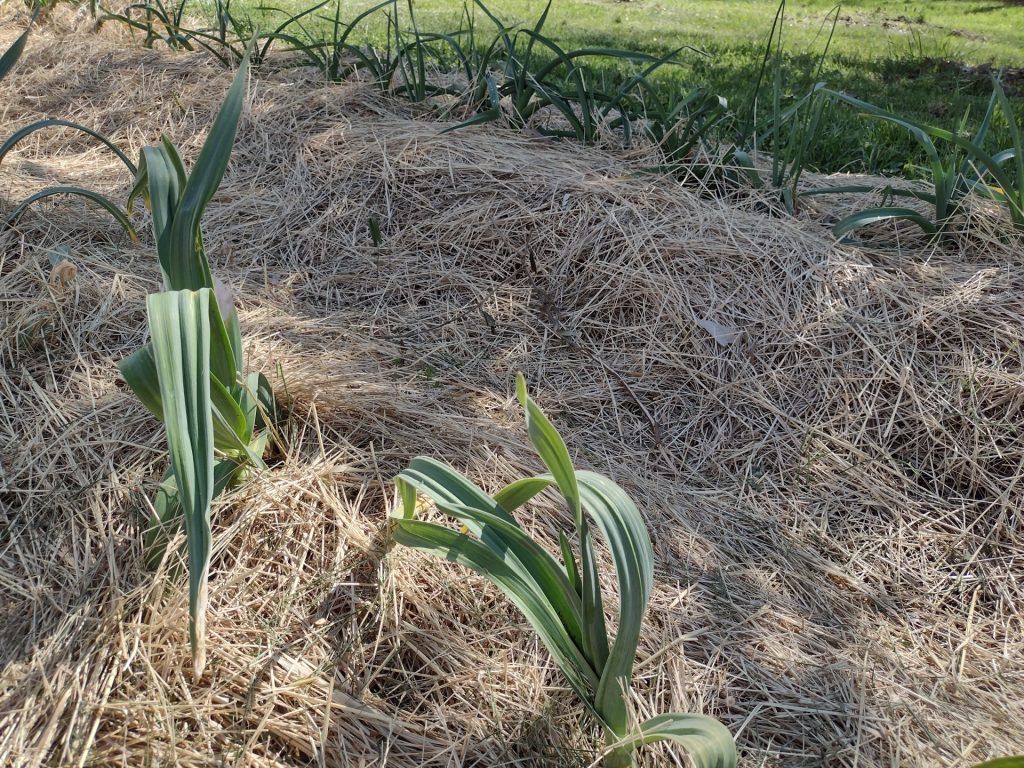

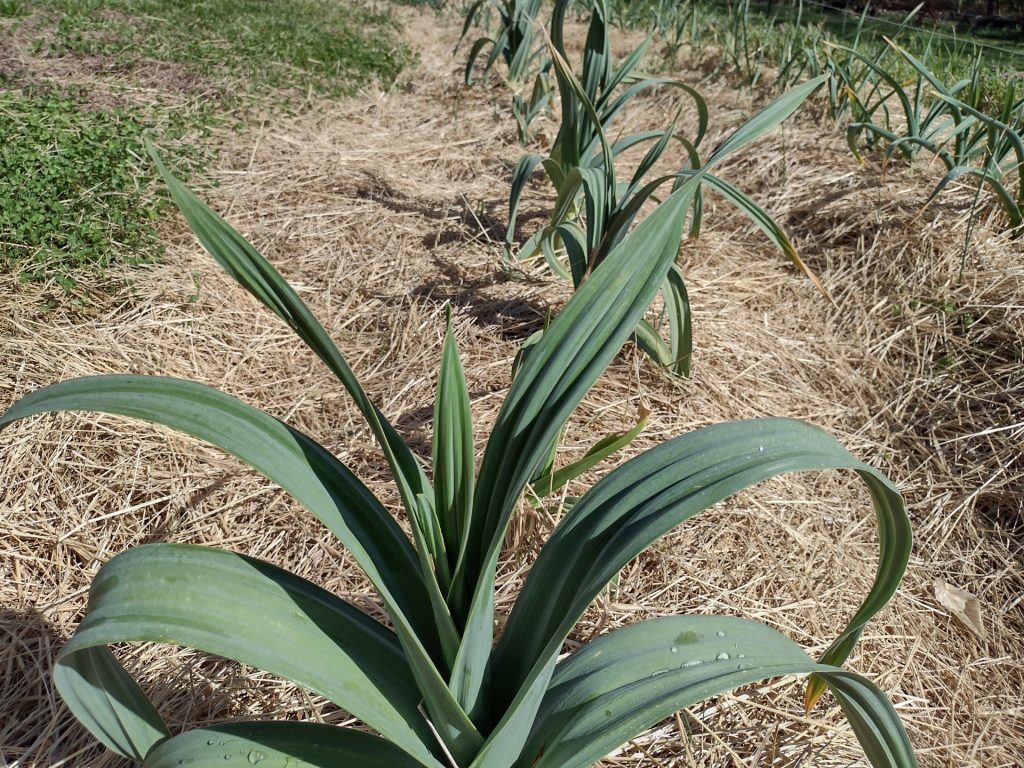

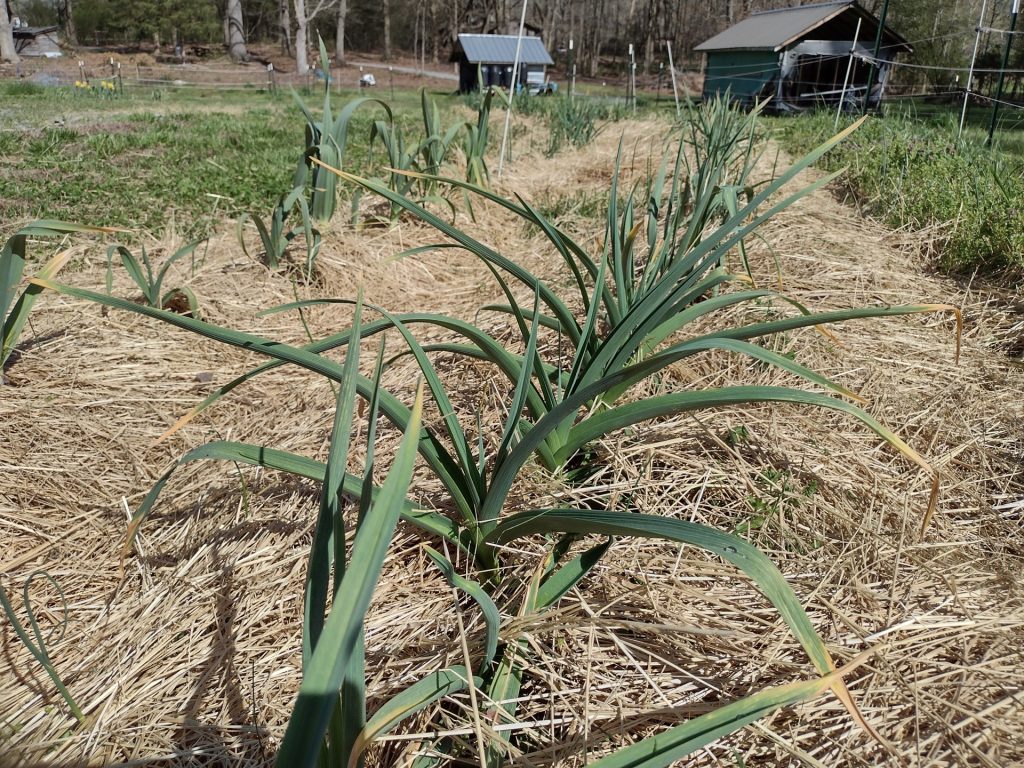

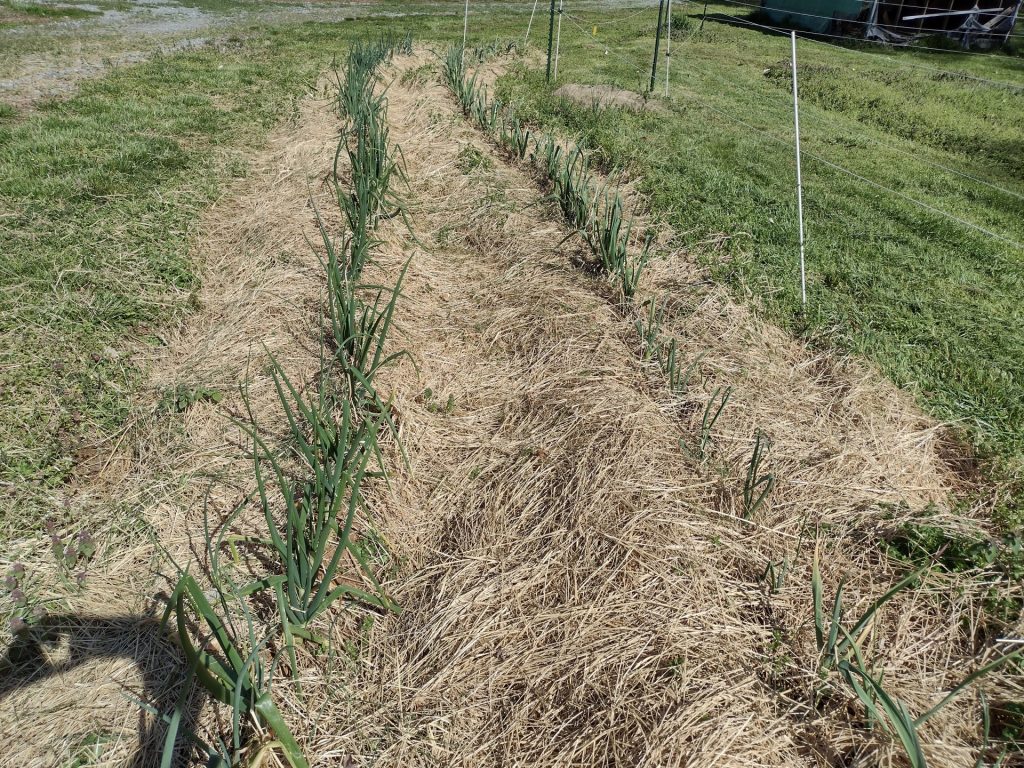



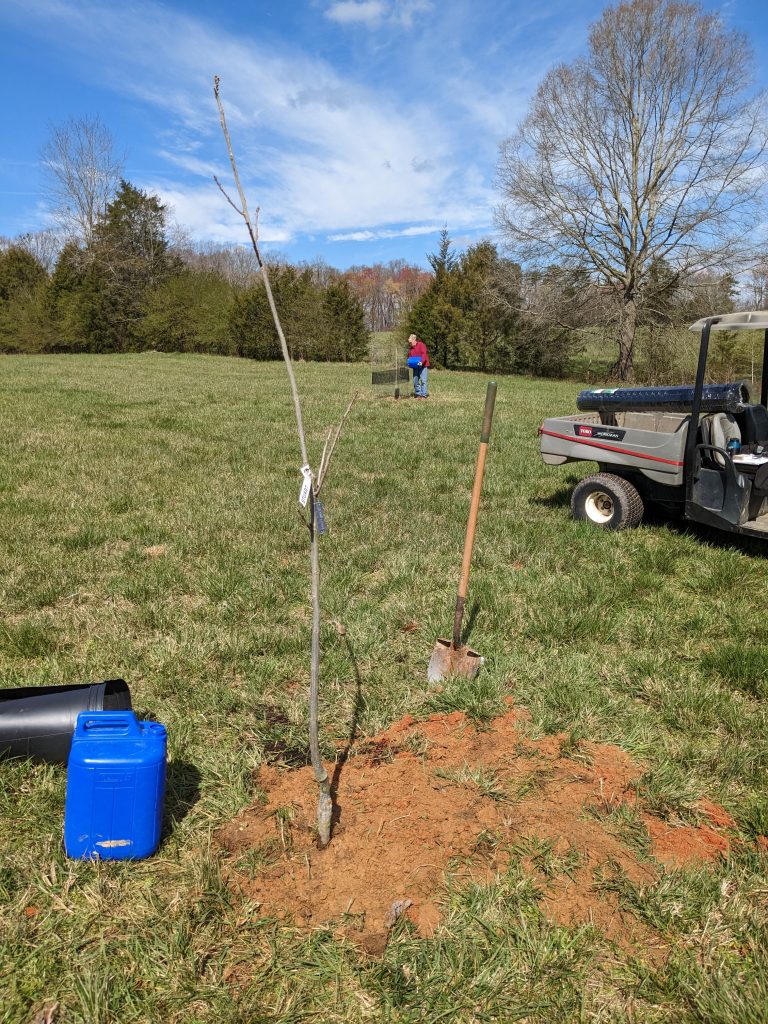







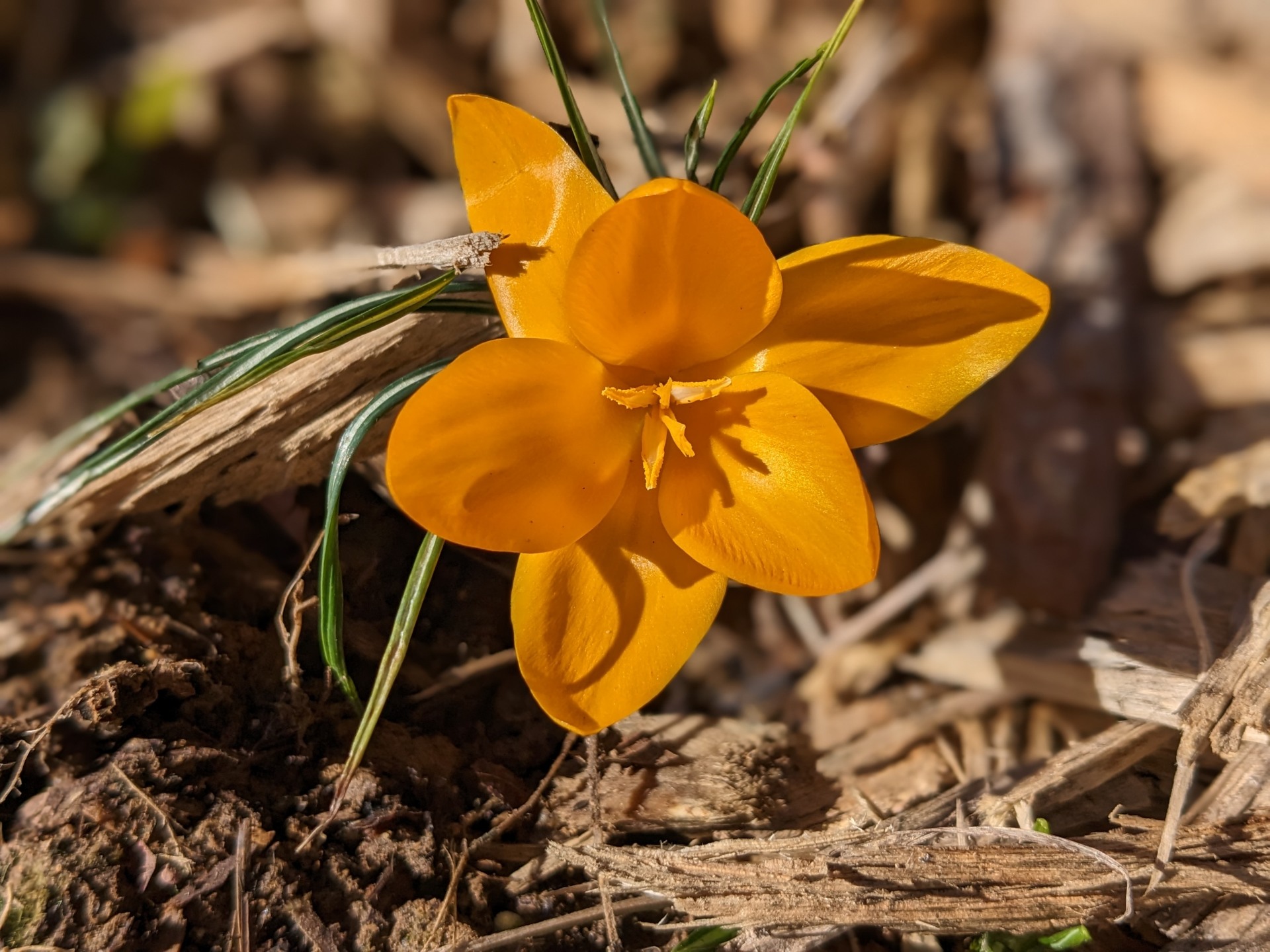





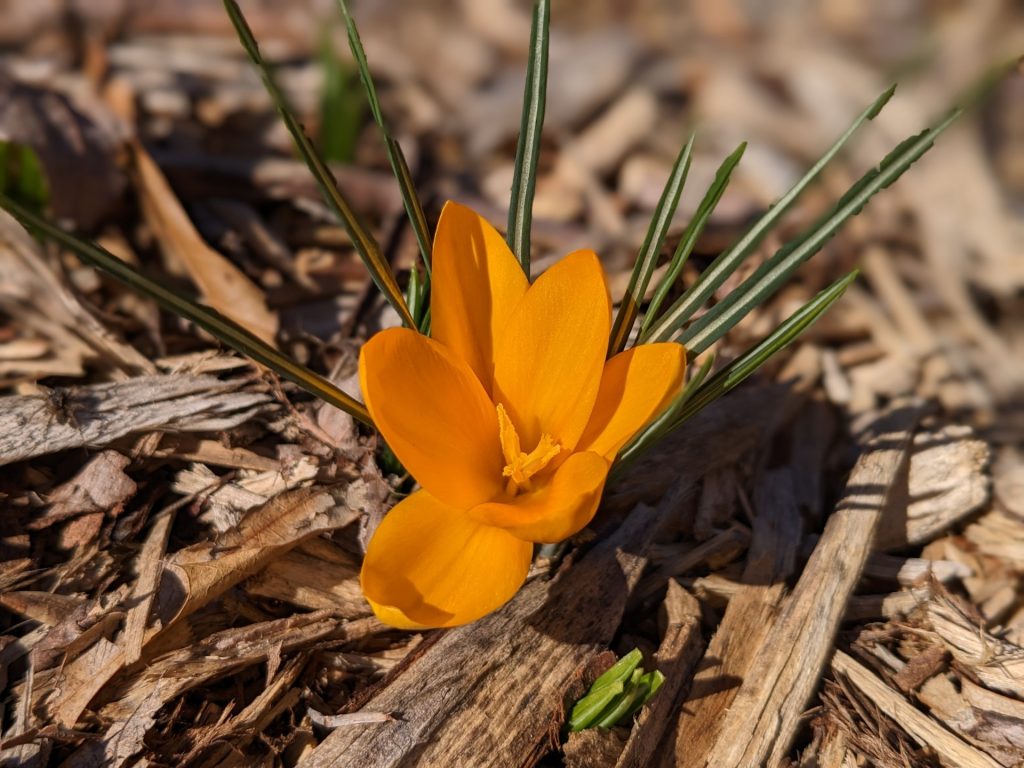




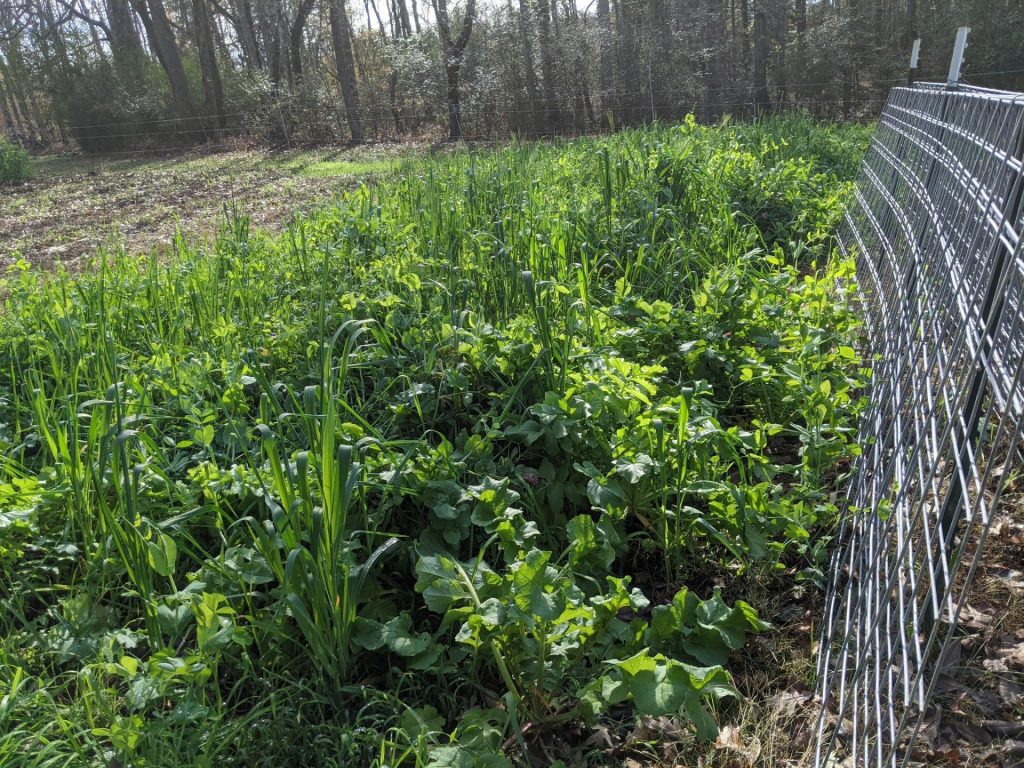
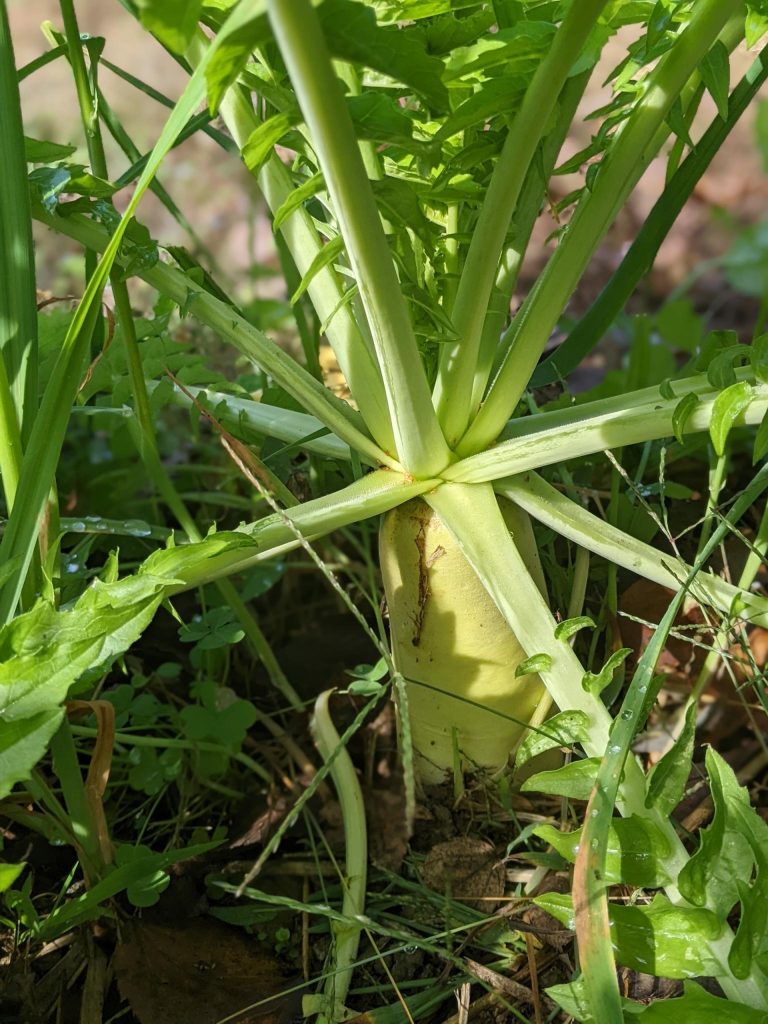

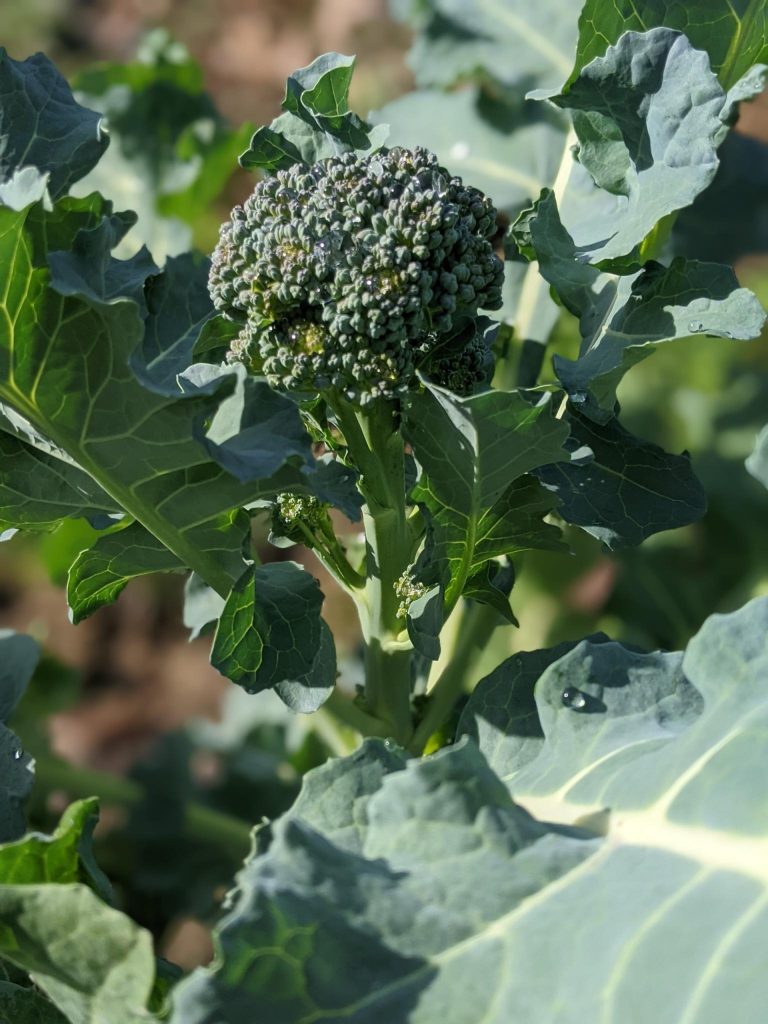
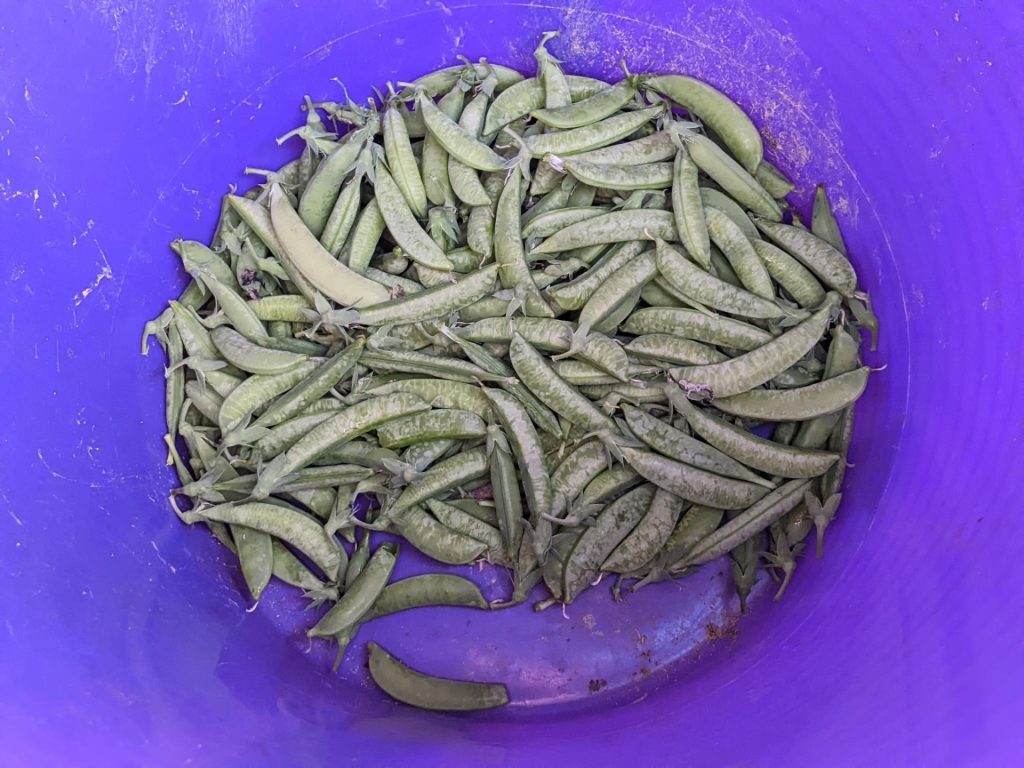



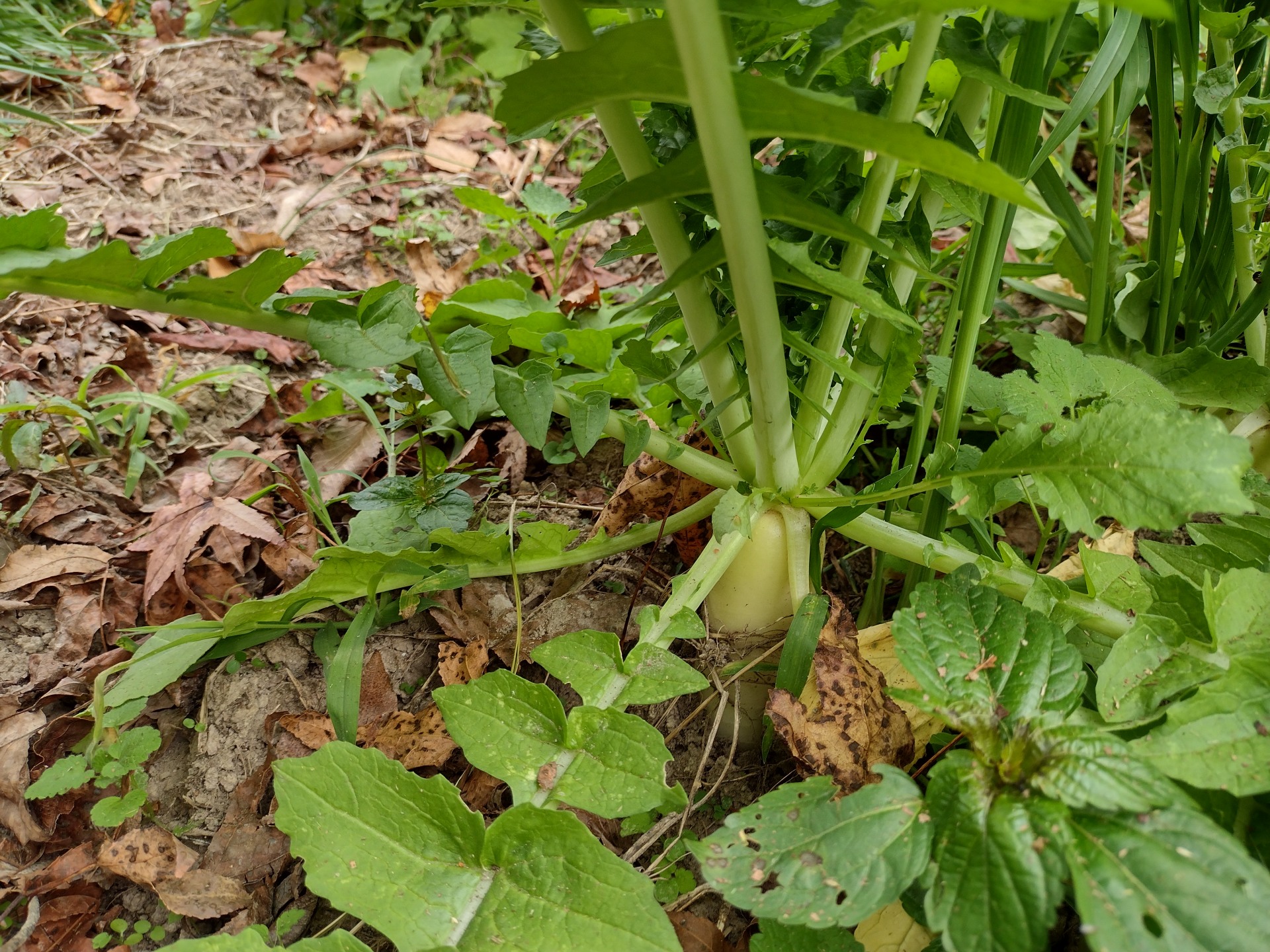
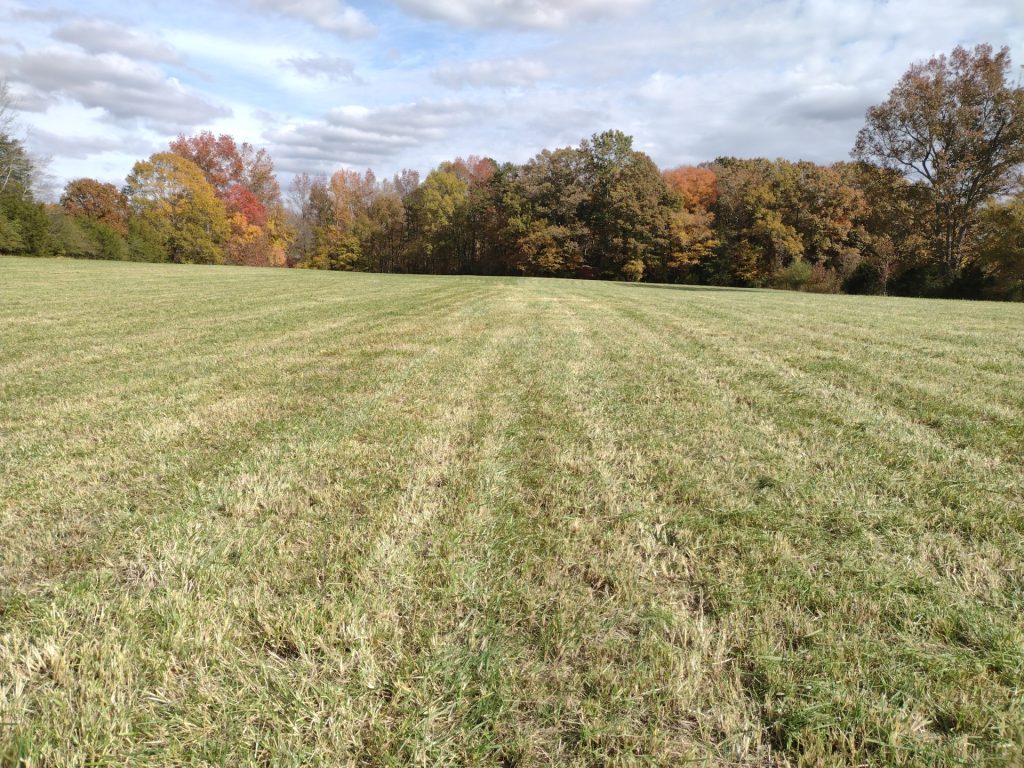


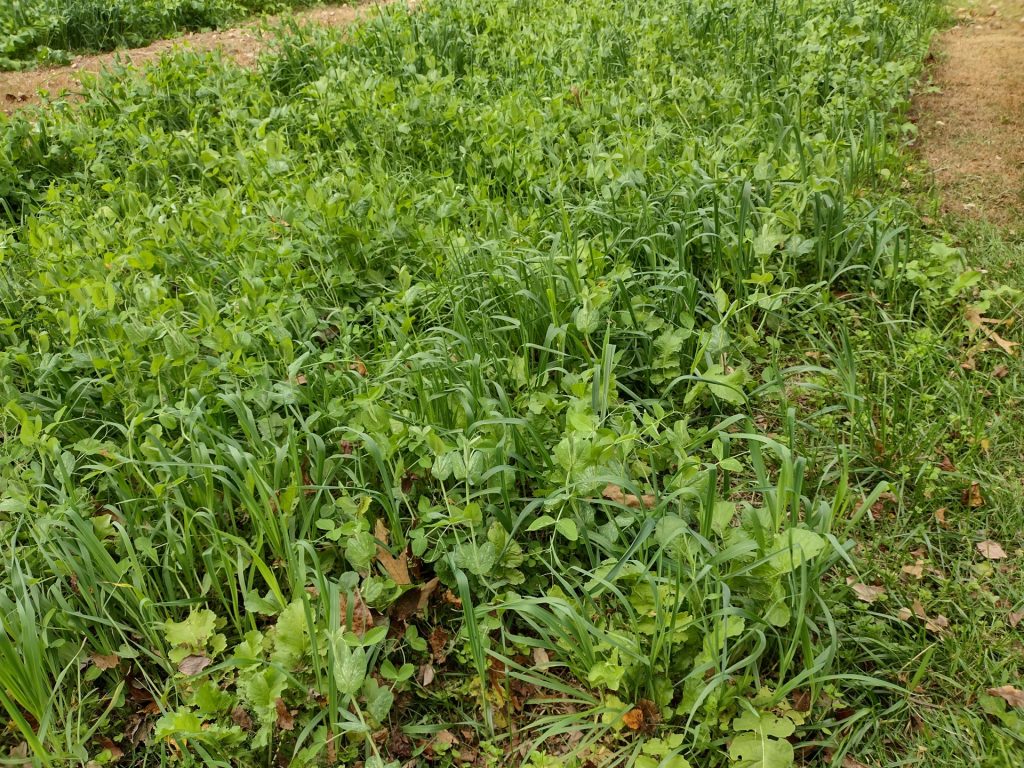

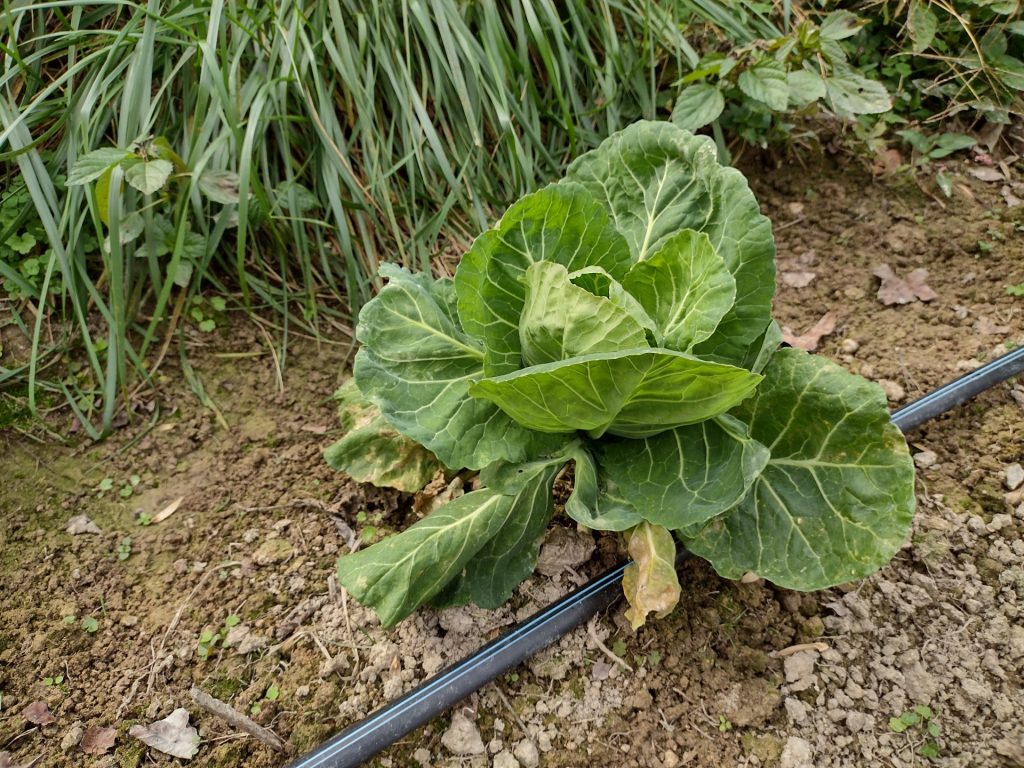

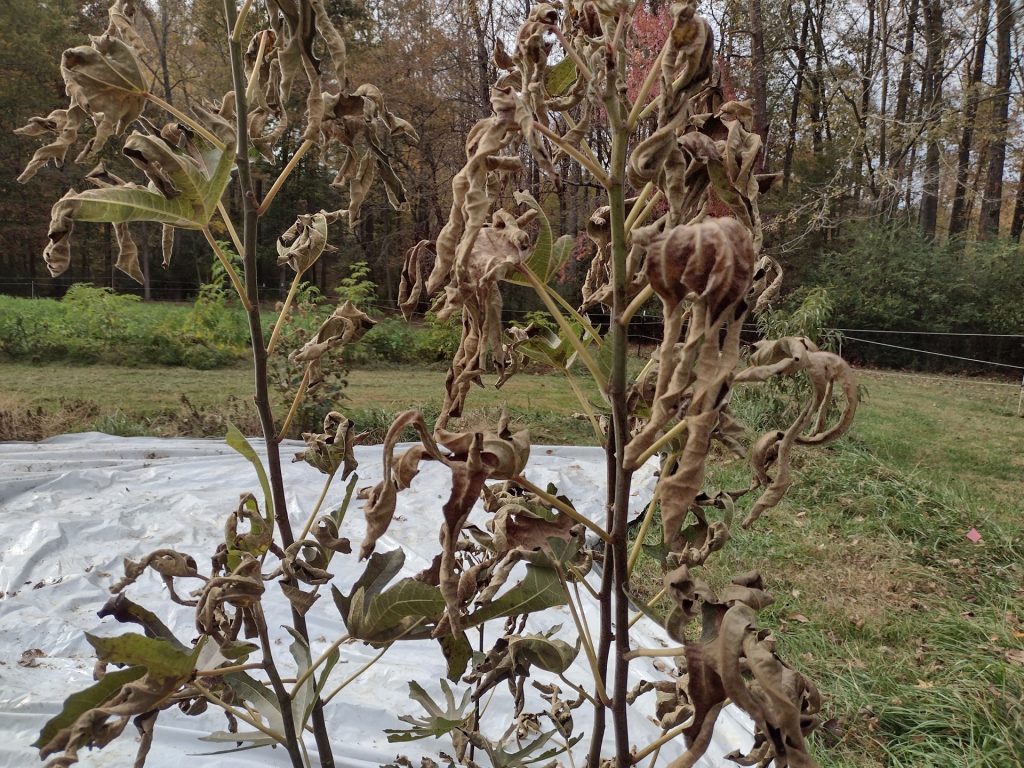



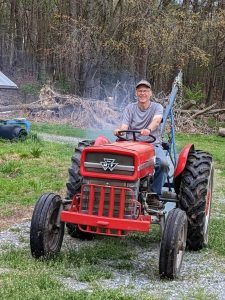 I’m a mechanical engineer turned weekend farmer, so I’m just smart enough to know that there is a lot that I don’t know especially when it comes to farming, permaculture and food forests. I’ve been heavily influenced in my love of farming and permaculture by my Mom and Dad and also by people like
I’m a mechanical engineer turned weekend farmer, so I’m just smart enough to know that there is a lot that I don’t know especially when it comes to farming, permaculture and food forests. I’ve been heavily influenced in my love of farming and permaculture by my Mom and Dad and also by people like  Connie has her certificate in Sustainable Agriculture from CCCC. She really enjoyed the classes at the community college and learned a lot. The program was a mixture of classes and work on the school farm. What she learned has really added to our technical proficiency on the farm.
Connie has her certificate in Sustainable Agriculture from CCCC. She really enjoyed the classes at the community college and learned a lot. The program was a mixture of classes and work on the school farm. What she learned has really added to our technical proficiency on the farm.